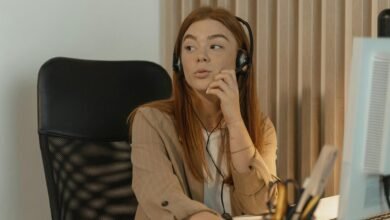Photoaconpan: O Impacto de Imagens no Âmbito Jurídico

The integration of visual evidence in courtrooms transforms traditional legal proceedings. Images serve as powerful tools that enhance understanding and retention of complex information among jurors. Their emotional resonance can sway decisions, raising questions about fairness and bias in the judicial process. As legal strategies adapt to include photography and visual storytelling, it becomes crucial to examine the implications of these practices on juror perceptions and broader societal beliefs. What challenges and opportunities arise from this evolving dynamic?
The Power of Visual Evidence in Courtrooms
Although traditional testimony has long been the cornerstone of legal proceedings, the integration of visual evidence has fundamentally transformed courtroom dynamics.
Visual storytelling enhances jurors' understanding, providing compelling narratives that complement verbal accounts. By presenting facts through images, attorneys can effectively communicate complex information, thereby increasing the likelihood of retention and clarity.
This shift emphasizes the growing importance of visuals in modern legal contexts.
Emotional Influence of Images on Jurors
Images wield a significant emotional influence on jurors, shaping their perceptions and decisions in profound ways.
Visual persuasion can exacerbate juror bias, leading to judgments based not solely on evidence but also on emotional responses elicited by imagery.
The power of images can sway opinions, highlighting the necessity for careful consideration in their presentation to ensure fairness in legal proceedings.
The Role of Photography in Shaping Public Perception
The impact of visual materials extends beyond the courtroom, influencing public perception in significant ways.
Photography shapes public sentiment through media representation, often framing narratives that resonate with audiences. Images can evoke emotional responses, sway opinions, and reinforce societal beliefs.
Consequently, the portrayal of legal issues through photography plays a crucial role in shaping how the public understands and engages with the justice system.
Conclusion
In conclusion, the integration of visual evidence in legal proceedings serves as a subtle yet impactful companion to traditional testimony. By enhancing understanding and evoking emotions, images can gently steer juror perceptions while shaping broader public sentiment. As the legal landscape continues to evolve, the artful selection and presentation of photographs emerge as vital tools, fostering clarity and empathy. This nuanced approach underscores the importance of balancing effective storytelling with the quest for justice in the courtroom.





